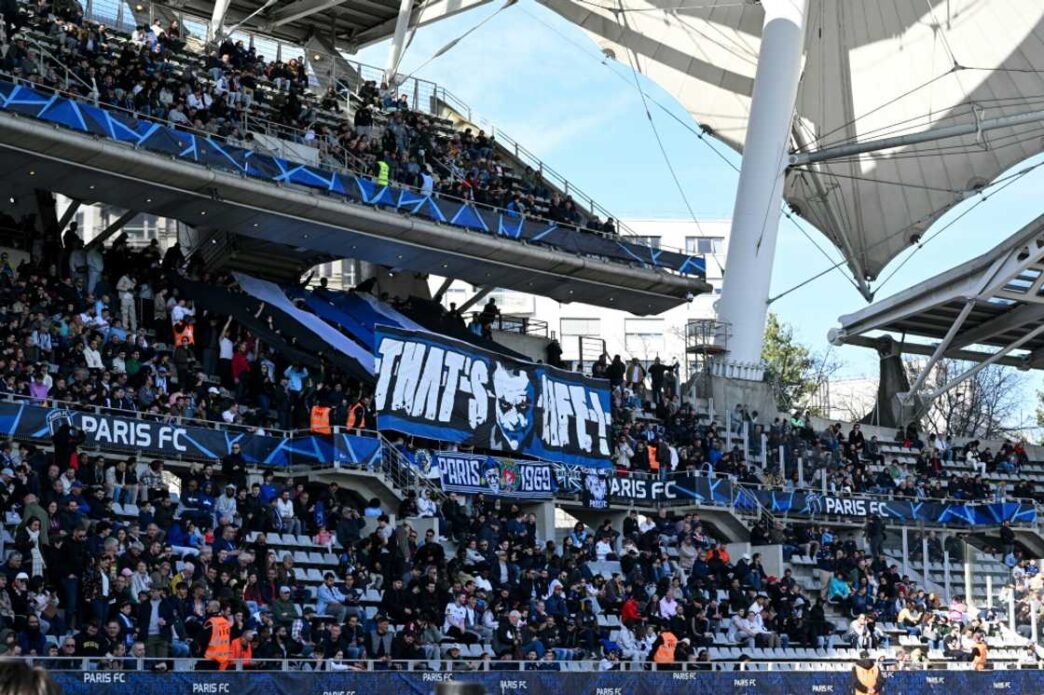Protests by Shi’ite Muslim protesters demanding the release of their detained leader has led to bloodshed on the streets of Nigeria’s capital Abuja in recent months.
On Monday, at least eight people were killed in clashes between members of the Shi’ite group and the Nigerian police, with six Shi’ite protesters, a police officer and a 22-year-old trainee journalist among the dead.
Nigeria’s secular government has condemned the Islamic Movement in Nigeria (IMN) protests as dangerous and ordered they cease.
But the group has vowed to continue marching.
What is the IMN? –

The Islamic Movement in Nigeria is the most widely known Shi’ite group in Nigeria, where the vast majority of Muslims are Sunni.
It was founded around 1978 by cleric Ibrahim Zakzaky while he was studying economics at Abu Zaria University in Kaduna, northern Nigeria, where many Shi’ites live.
His movement attracted support, mainly from fellow students, after the Iranian Revolution in 1979 when Iran became a Shi’ite Islamic republic.
Today, the IMN claims it has a few million members, including Christian sympathisers.
Some analysts say the true figure is far lower.
What do supporters believe? –
The IMN came to prominence after Zakzaky convinced followers that an Islamic revolution, inspired by Iran, was possible in Nigeria.
Their first reported march in the country in 1980 was in support of Iran after a joint US-Canadian operation to save US diplomats trapped in Tehran in 1979.
Zakzaky and fellow student members believed that an Islamic State was the only way to achieve social justice for Muslims.
They demonstrated with placards and spray-painted “Islam Only” in Zaria city in Kaduna State.

Yet, according to IMN, despite their early aims, the group now simply wants the freedom to practice freely in northern Nigeria’s Sunni dominated region.
The IMN refuses to acknowledge the Nigerian constitution, claiming it is flawed and that it fails to sufficiently protect human rights.
They also condemn what they say is too much Saudi Arabian influence in northern Nigeria.
Problems with Nigerian authorities –
The group has held several protest marches and processions, drawing the ire of northern Nigeria’s Sunni authorities and the country’s security forces.
Nigeria’s government has accused the IMN of seeking to overthrow and undermine the state, alleging the group supports militancy and terrorism.
The sect has a history of protests and processions in northern Nigeria, the majority of which have occurred without issue.
But some have also descended into violence.
Many IMN shrines, community centres, and schools have been demolished in Kaduna State, where the group is now banned.
Why protesting now? –
Zakzaky and his wife, Zeenah Ibrahim have been detained since December 2015, accused of terror offences.
They were seized from their home in Zaria after violence erupted at a procession of Shi’ites in the city.
The Nigerian military accused the group of attempting to assassinate its chief commander.
According to Amnesty International and other rights groups, 347 mostly unarmed Shi’ite marchers were killed by Nigerian forces, and buried in mass graves.
During a three-day crackdown, Shi’ites were killed and burned alive in homes around Zakzaky’s residence, Amnesty said.
The army initially denied the events and said a soldier was killed by armed Shi’ites.

A Kaduna State government report later said the army had used “excessive force” and that soldiers should be punished. None have faced charges.
In December 2016, the Federal High court dismissed the government’s case and ordered that Zakzaky and his wife be released.
The government refused to free them, instead, mounting fresh charges in a Kaduna State court.
Since then, supporters have demanded his release, protesting in Nigerian cities.
Escalating demonstrations –
The IMN says Zakzaky has been denied medical attention in detention and is in urgent need of treatment.
His conditions include lead poisoning, high blood pressure, and glaucoma. The group says he has become partially blind.
Zeenah Ibrahim, has an untreated bullet wound, the group has said.
Their son, Mohammed Zakzaky earlier this month said it was a miracle they were still alive.
Nigeria’s President Muhammadu Buhari recently said IMN should stop protesting and await the outcome of Zakzaky’s trial.
The group rejected Buhari’s statement and vowed to continue demonstrations.
As Zakzaky’s health wanes, the protests have grown more intense, with some worried that his death in detention could spark insecurity.


 Trending
Trending 


